Home>Gardening & Outdoor>Pool & Spa Care>How Thick Of A Concrete Slab For A Hot Tub
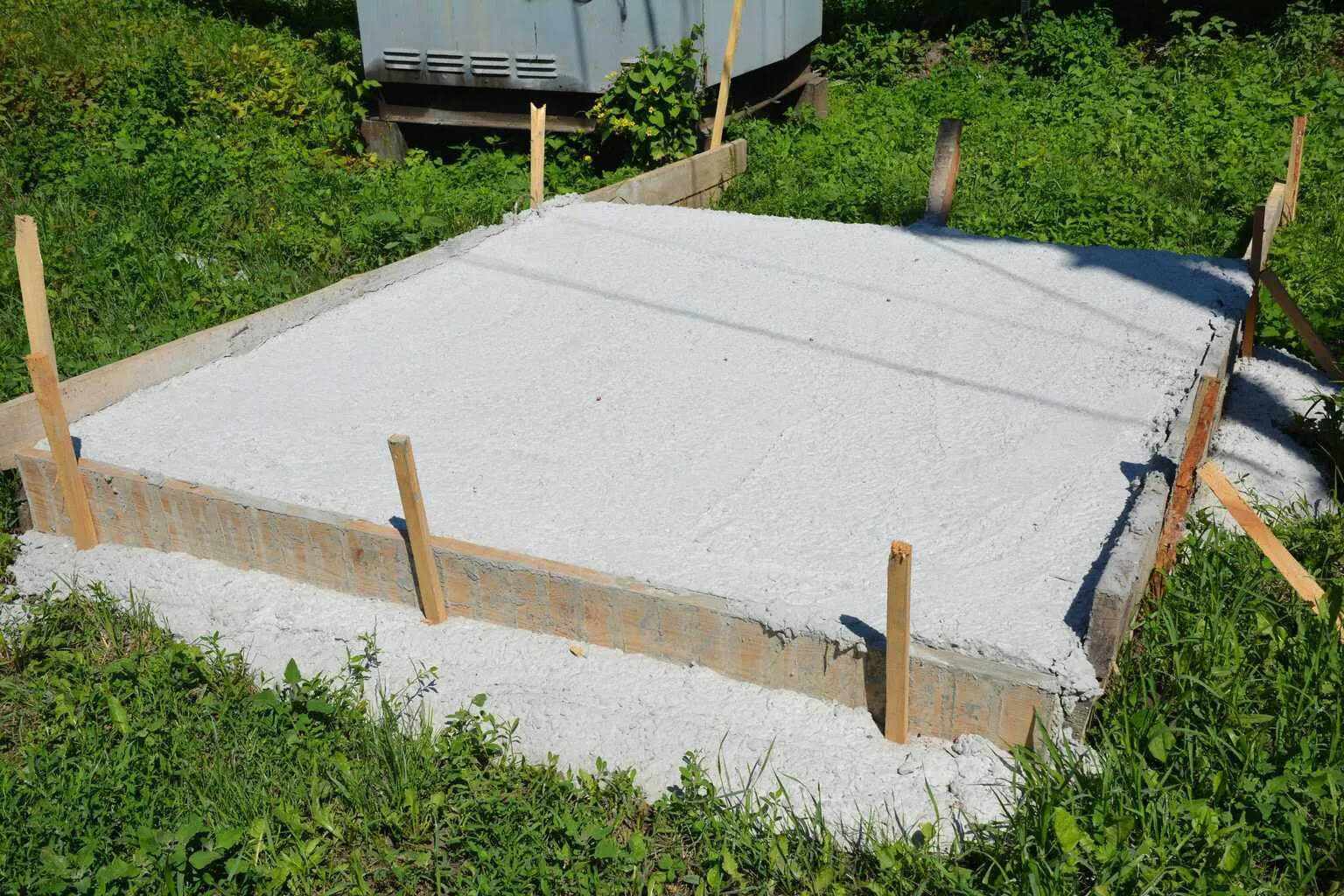

Pool & Spa Care
How Thick Of A Concrete Slab For A Hot Tub
Modified: September 1, 2024
Learn the ideal concrete slab thickness for your hot tub installation to ensure stability and durability. Expert tips and advice for pool and spa care.
(Many of the links in this article redirect to a specific reviewed product. Your purchase of these products through affiliate links helps to generate commission for Storables.com, at no extra cost. Learn more)
Introduction
Welcome to the world of luxurious relaxation and hydrotherapy – the realm of hot tubs. Whether you’re considering installing a hot tub in your backyard or you’re already a proud owner, ensuring that it is properly supported is crucial for its longevity and your peace of mind. One of the key components of this support is the concrete slab upon which the hot tub rests.
Understanding the ideal thickness of the concrete slab for a hot tub is essential for maintaining the structural integrity of the installation. In this comprehensive guide, we will explore the factors to consider when determining the thickness of the concrete slab, the recommended thickness, and reinforcement options to ensure a stable and durable foundation for your beloved hot tub.
So, let’s dive in and uncover the secrets to a solid and secure foundation for your hot tub oasis.
Key Takeaways:
- Ensure your hot tub’s concrete slab is at least 4 inches thick to support its weight. Consider soil conditions, climate, and reinforcement options for a durable foundation.
- Consult the hot tub manufacturer’s guidelines and consider reinforcement options like steel or fiber to enhance the concrete slab’s strength and longevity.
Read more: How Thick Should Concrete Be For A Hot Tub
Factors to Consider
When determining the appropriate thickness of the concrete slab for your hot tub, several crucial factors come into play. Understanding these factors is essential for making an informed decision that will contribute to the long-term stability and safety of your hot tub installation.
- Weight of the Hot Tub: The weight of your hot tub, when filled with water and occupied by bathers, is a fundamental consideration. Hot tubs can vary significantly in weight, with larger models capable of exerting substantial pressure on the supporting surface. It’s imperative to consult the manufacturer’s specifications to determine the total weight of the hot tub under operating conditions.
- Soil Conditions: The composition and load-bearing capacity of the soil beneath the concrete slab are critical factors. Different soil types have varying levels of compaction and load-bearing capabilities. Conducting a soil analysis or consulting a geotechnical engineer can provide invaluable insights into the soil conditions and inform the design of the concrete slab.
- Climate and Frost Depth: If you reside in an area prone to freezing temperatures, accounting for frost depth is essential. Frost heave can exert significant pressure on the concrete slab, potentially causing damage if the appropriate precautions are not taken. Understanding the local frost depth and incorporating measures to mitigate its effects is crucial for the longevity of the hot tub installation.
- Structural Support: The structural integrity of the concrete slab and its ability to distribute the weight of the hot tub evenly are paramount. Factors such as the thickness of the slab, reinforcement materials, and the presence of a suitable base are essential considerations for ensuring adequate support for the hot tub.
- Manufacturer’s Recommendations: Always consult the hot tub manufacturer’s guidelines and specifications regarding the required support for the installation. Manufacturers often provide specific recommendations for the ideal concrete slab thickness based on the dimensions and weight of the hot tub, as well as regional considerations.
By carefully evaluating these factors, you can make informed decisions regarding the design and construction of the concrete slab, ensuring that it meets the specific requirements of your hot tub and the surrounding environment.
Recommended Thickness
So, what is the recommended thickness for the concrete slab that will cradle your hot tub? While the precise thickness may vary based on the specific requirements of your hot tub and the prevailing conditions, there are general guidelines that can serve as a starting point for your project.
For standard residential hot tub installations, a concrete slab with a minimum thickness of 4 inches is often recommended. This thickness provides a solid foundation capable of supporting the weight of most hot tubs under typical operating conditions. However, it’s important to note that this is a baseline recommendation, and several factors may necessitate a thicker slab to ensure optimal performance and durability.
For larger hot tubs or those designed to accommodate a higher number of occupants, a thicker concrete slab may be required to distribute the weight more effectively and prevent the risk of cracking or settling over time. In such cases, consulting a structural engineer or a qualified professional with expertise in hot tub installations can provide valuable insights into the ideal thickness based on the specific characteristics of your hot tub and the anticipated usage.
In regions where freezing temperatures and frost heave are a concern, it is advisable to increase the thickness of the concrete slab to mitigate the potential impact of frost on the installation. This additional thickness, often exceeding the standard 4 inches, helps safeguard against the forces exerted by frost heave, promoting the long-term stability of the hot tub foundation.
Ultimately, while a minimum thickness of 4 inches serves as a general recommendation for residential hot tub installations, it is essential to assess the unique requirements of your hot tub, the local environmental conditions, and the soil characteristics to determine the most suitable thickness for the concrete slab. Prioritizing structural integrity and load-bearing capacity is key to ensuring a secure and durable foundation for your hot tub.
A concrete slab for a hot tub should be at least 4 inches thick, but 6-8 inches is ideal for added strength and stability. Make sure to use reinforced concrete for extra support.
Reinforcement Options
Ensuring the structural resilience and longevity of the concrete slab supporting your hot tub often involves considering reinforcement options that can enhance its load-bearing capacity and resistance to potential stresses. While the thickness of the concrete slab plays a significant role in its strength, incorporating reinforcement measures can provide added assurance and mitigate the risk of issues such as cracking, settling, or uneven weight distribution.
One commonly employed method of reinforcing a concrete slab for a hot tub installation is the inclusion of steel reinforcement, typically in the form of rebar or wire mesh. By strategically placing and securing steel reinforcement within the concrete, the slab’s ability to withstand tensile forces and distribute the load more effectively is significantly improved. This reinforcement can help minimize the risk of cracking and enhance the overall structural integrity of the slab.
Another reinforcement option to consider is the implementation of fiber reinforcement within the concrete mix. Fibers, such as polypropylene or steel, can be added to the concrete mixture to enhance its resistance to cracking and improve its durability. Fiber-reinforced concrete can exhibit enhanced toughness and resistance to shrinkage-induced cracking, making it a valuable option for reinforcing the concrete slab beneath a hot tub.
In addition to traditional reinforcement methods, incorporating a well-compacted and appropriately graded base material beneath the concrete slab can contribute to its stability and load-bearing capacity. A sturdy base, such as compacted gravel or crushed stone, provides a reliable foundation for the concrete, reducing the potential for settlement and promoting uniform support for the hot tub.
Furthermore, the use of expansion joints in the concrete slab can help accommodate potential movement and minimize the risk of cracking due to thermal expansion or contraction. Properly placed expansion joints allow the concrete to flex and shift without compromising its structural integrity, serving as a preventive measure against the development of unsightly and potentially damaging cracks.
By considering these reinforcement options and integrating them into the design and construction of the concrete slab, you can enhance its strength, resilience, and ability to withstand the demands imposed by the hot tub and its occupants. Consulting with experienced concrete contractors or structural engineers can provide valuable guidance on the most suitable reinforcement measures for your specific hot tub installation.
Conclusion
As you embark on the journey of installing or evaluating the support system for your hot tub, the significance of the concrete slab cannot be overstated. The stability and durability of this foundation directly impact the performance, safety, and longevity of your hot tub installation. By carefully considering the factors that influence the design and thickness of the concrete slab, you can make informed decisions that will contribute to a secure and reliable support system for your hot tub oasis.
From assessing the weight of the hot tub and the soil conditions to factoring in climate considerations and the manufacturer’s recommendations, a holistic approach to determining the ideal thickness and reinforcement options is essential. While a minimum thickness of 4 inches often serves as a baseline recommendation for residential hot tub installations, it’s crucial to recognize that specific circumstances may warrant a thicker slab to accommodate larger hot tubs or address environmental challenges such as frost heave.
Reinforcement options, including steel reinforcement, fiber reinforcement, and well-engineered base materials, offer valuable means of enhancing the strength and resilience of the concrete slab. By integrating these reinforcement measures and incorporating expansion joints, you can bolster the slab’s ability to withstand the demands placed upon it, mitigating the risk of issues such as cracking and settling.
Ultimately, the endeavor to determine the appropriate thickness and reinforcement for the concrete slab for your hot tub is a testament to your commitment to creating a secure and enduring foundation for relaxation and rejuvenation. Whether you’re envisioning tranquil evenings beneath the stars or lively gatherings with friends and family, a well-designed and robust concrete slab sets the stage for countless moments of enjoyment in your hot tub sanctuary.
As you embark on this endeavor, consider engaging professionals with expertise in hot tub installations and concrete construction to guide you through the process. Their insights and experience can prove invaluable in ensuring that the concrete slab is tailored to meet the specific requirements of your hot tub and the unique characteristics of your property.
With a steadfast foundation beneath you, your hot tub becomes not only a source of blissful repose but also a testament to thoughtful planning and meticulous attention to detail. Embrace the journey of creating a secure and inviting space for your hot tub, where the worries of the day melt away, and the promise of relaxation beckons.
Frequently Asked Questions about How Thick Of A Concrete Slab For A Hot Tub
Was this page helpful?
At Storables.com, we guarantee accurate and reliable information. Our content, validated by Expert Board Contributors, is crafted following stringent Editorial Policies. We're committed to providing you with well-researched, expert-backed insights for all your informational needs.

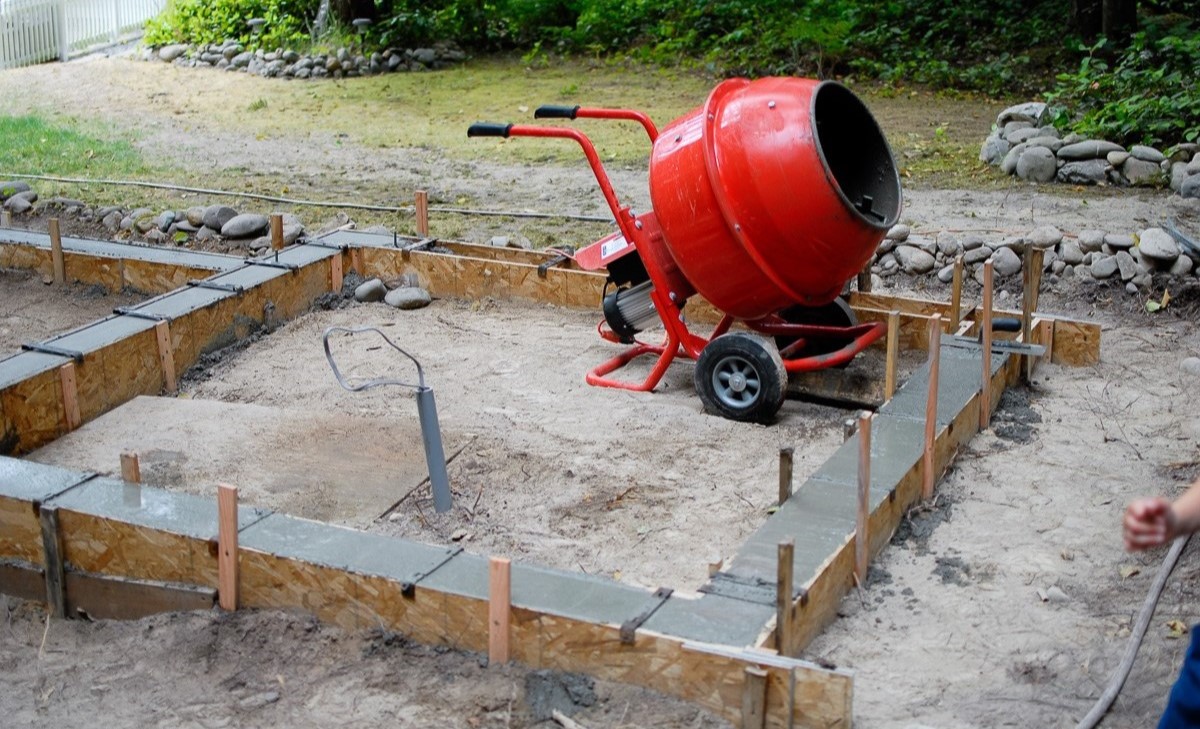
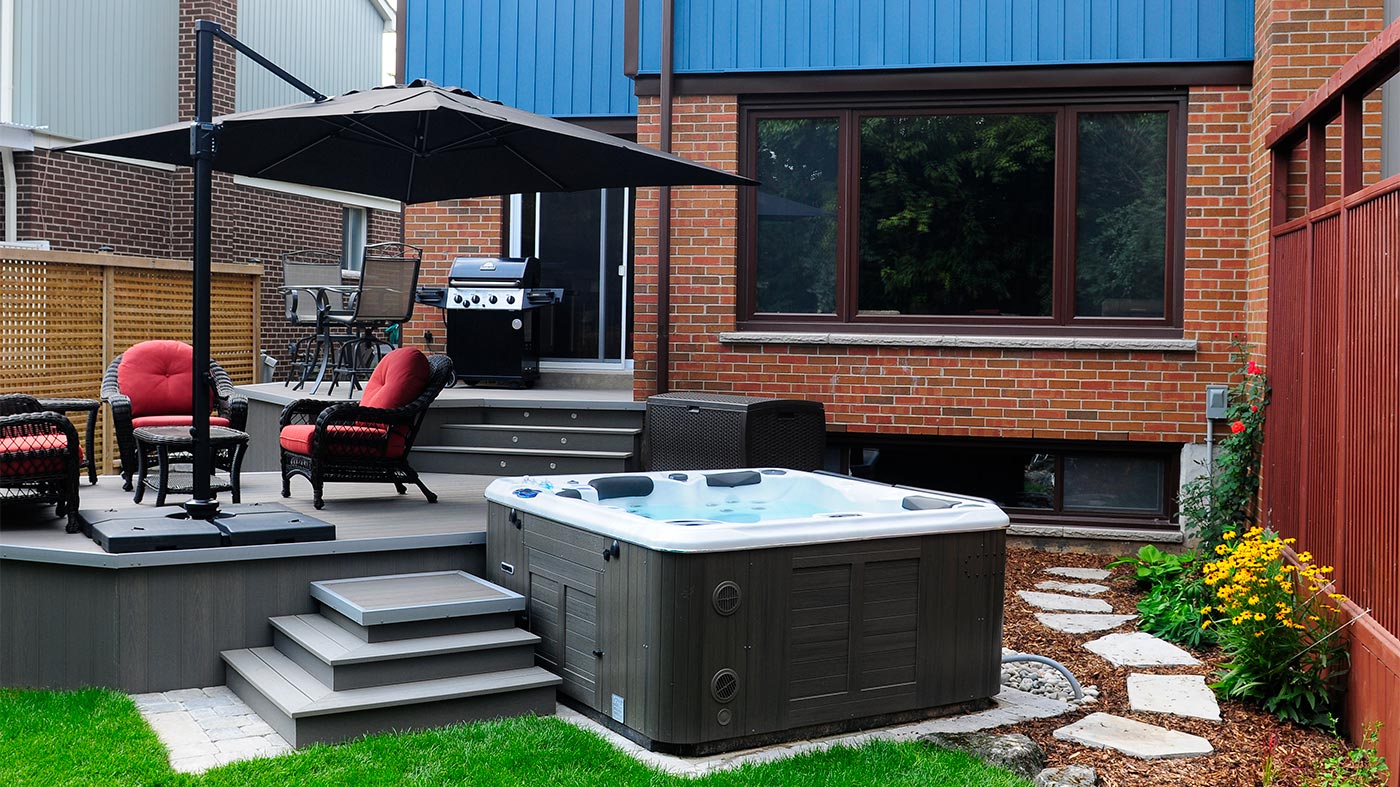
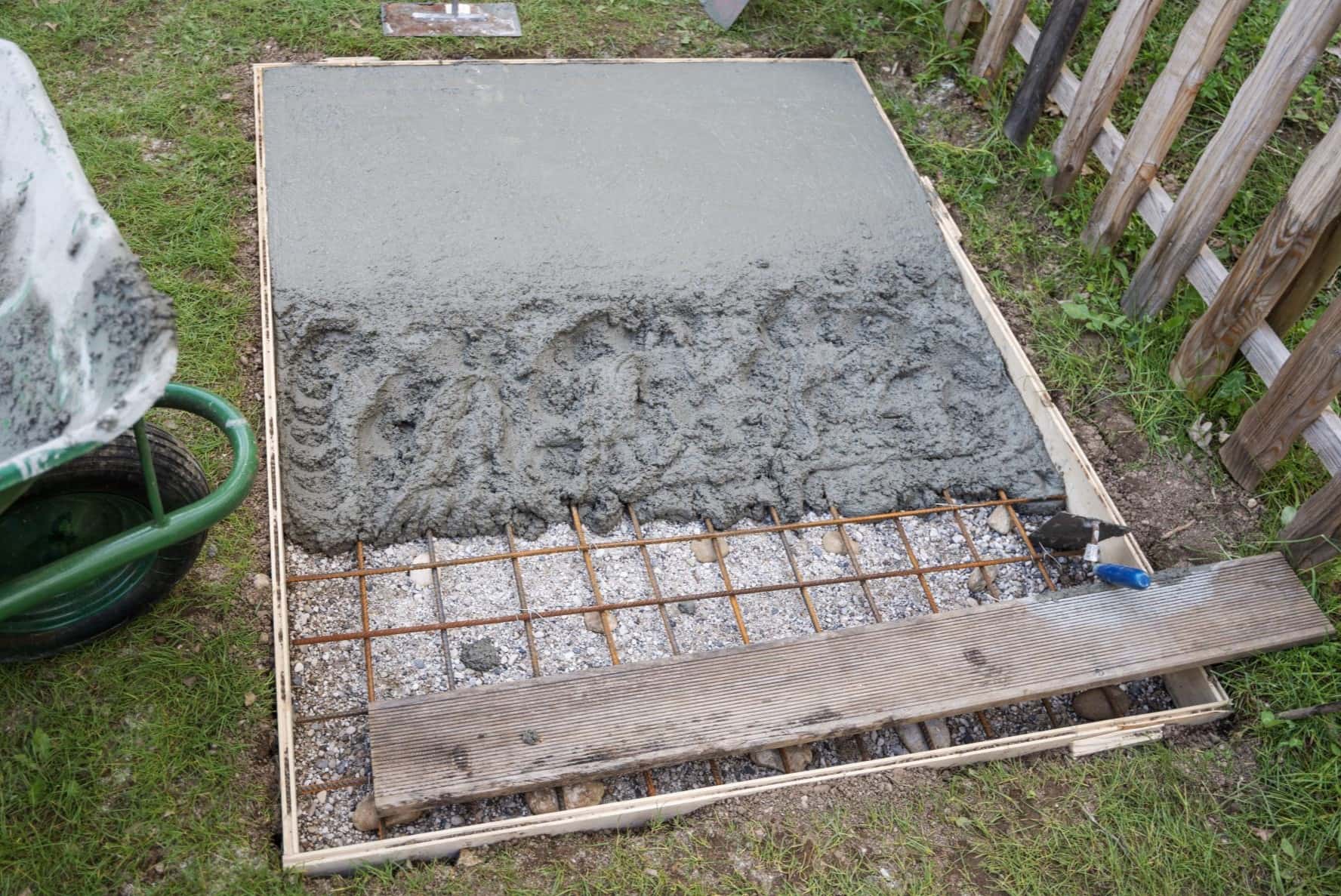
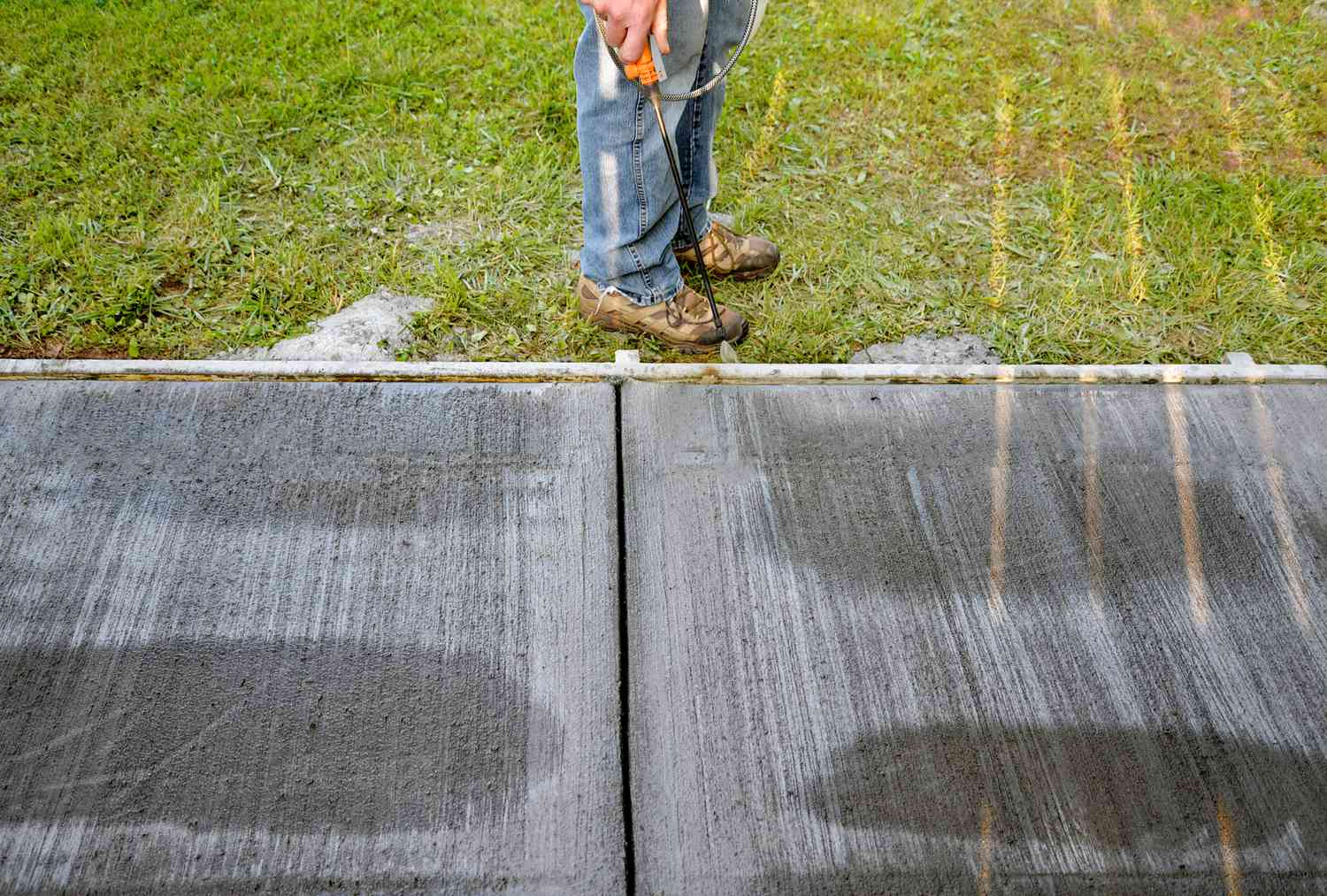
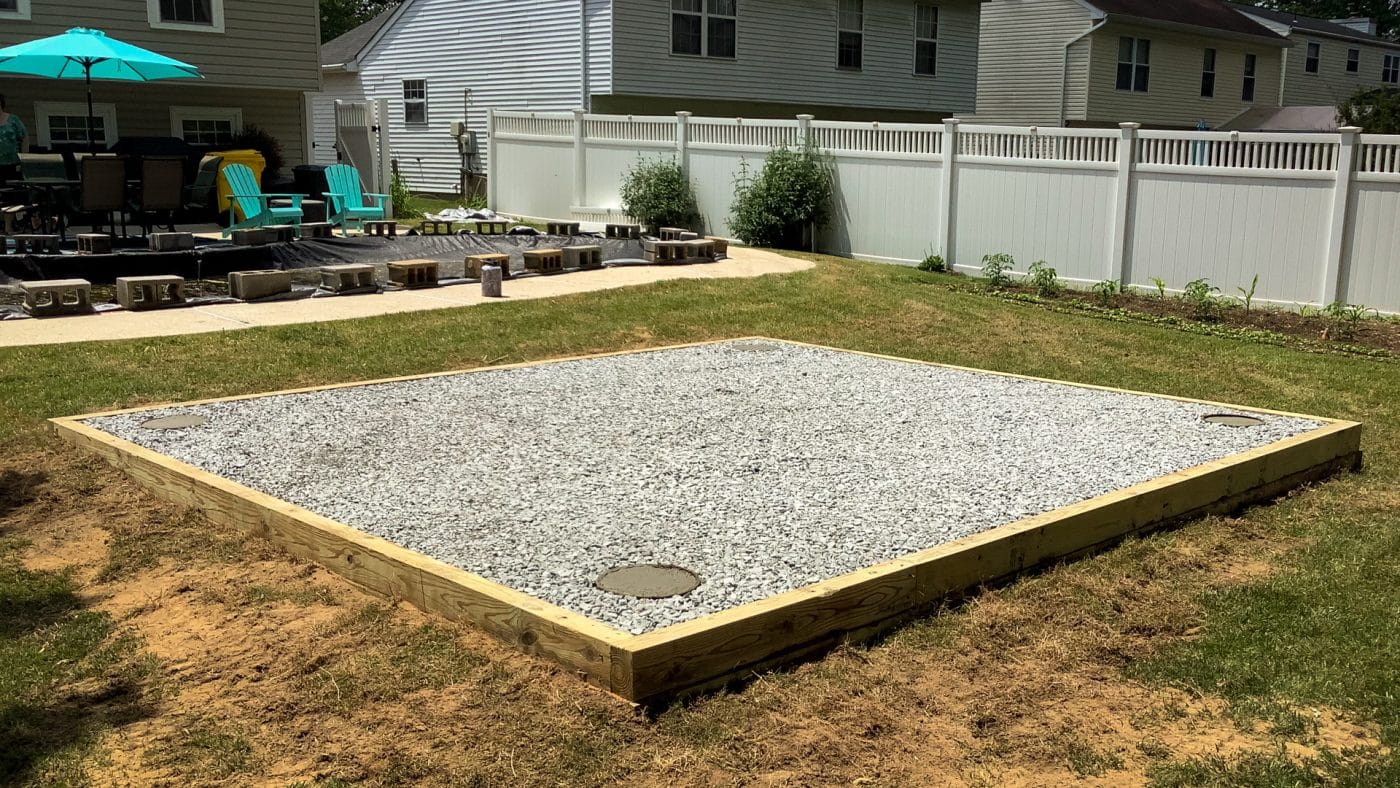
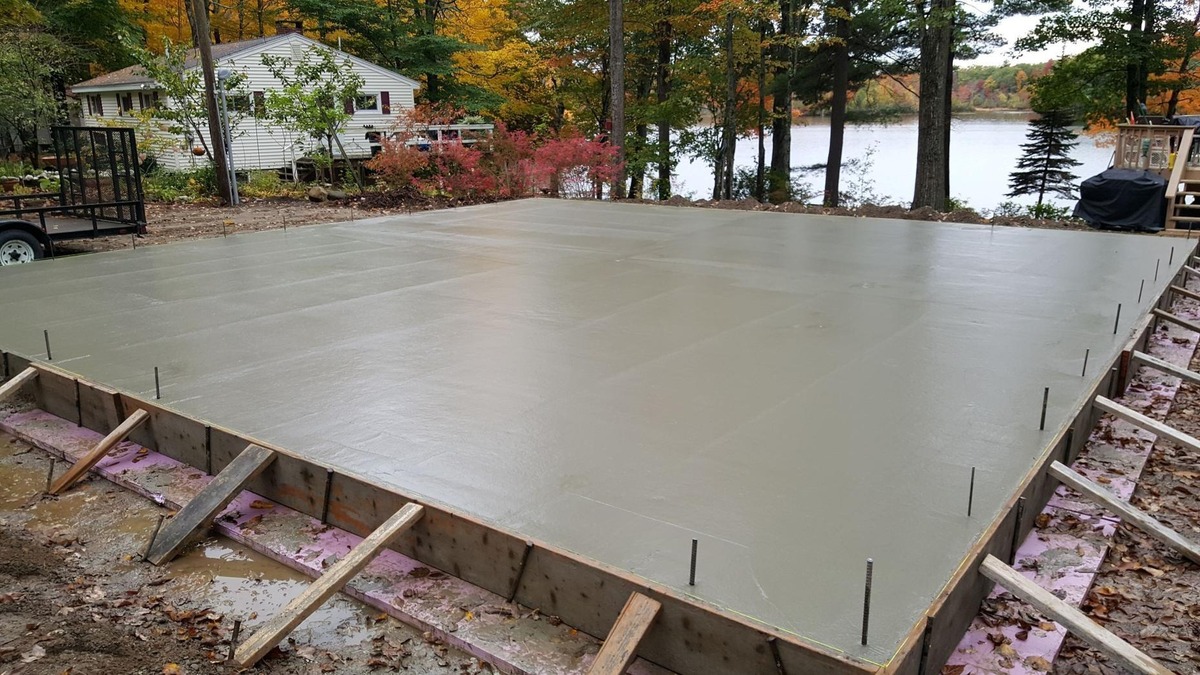
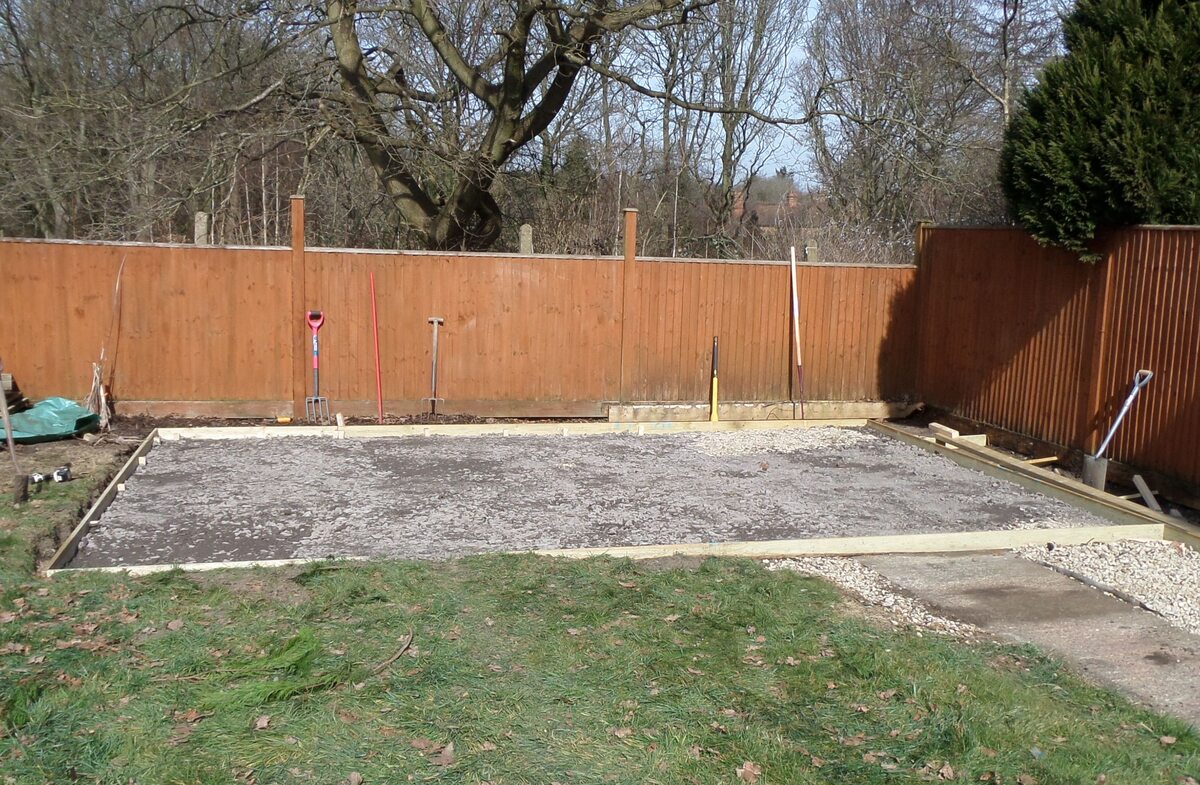

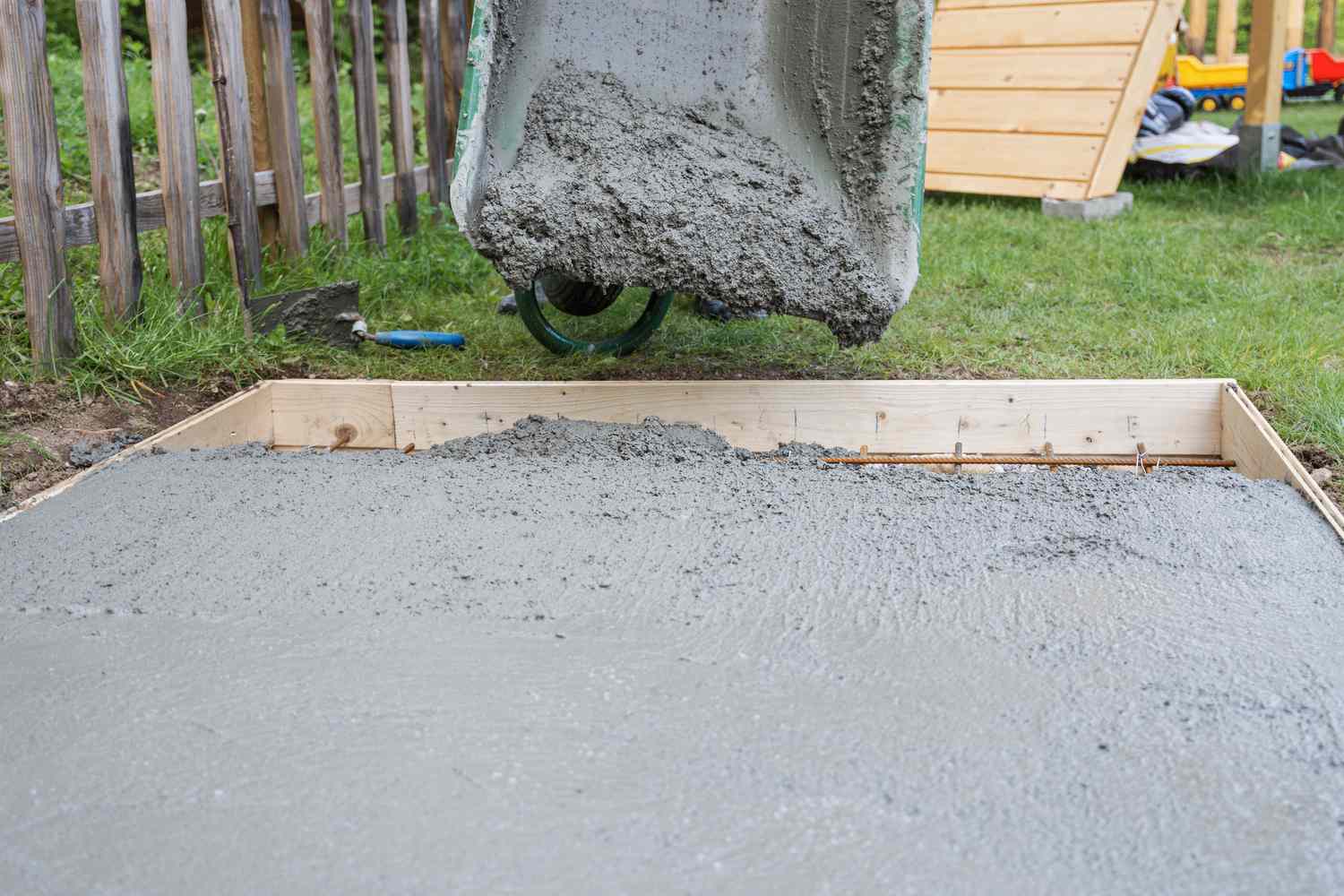
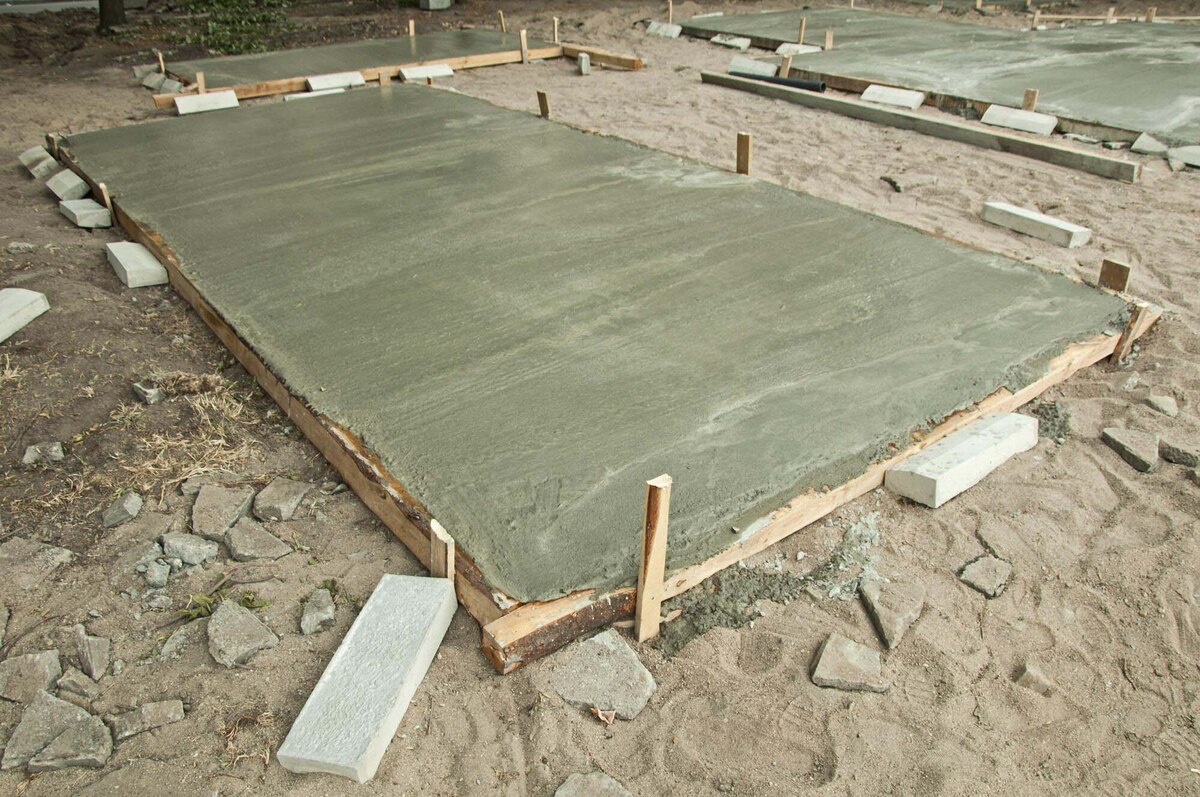

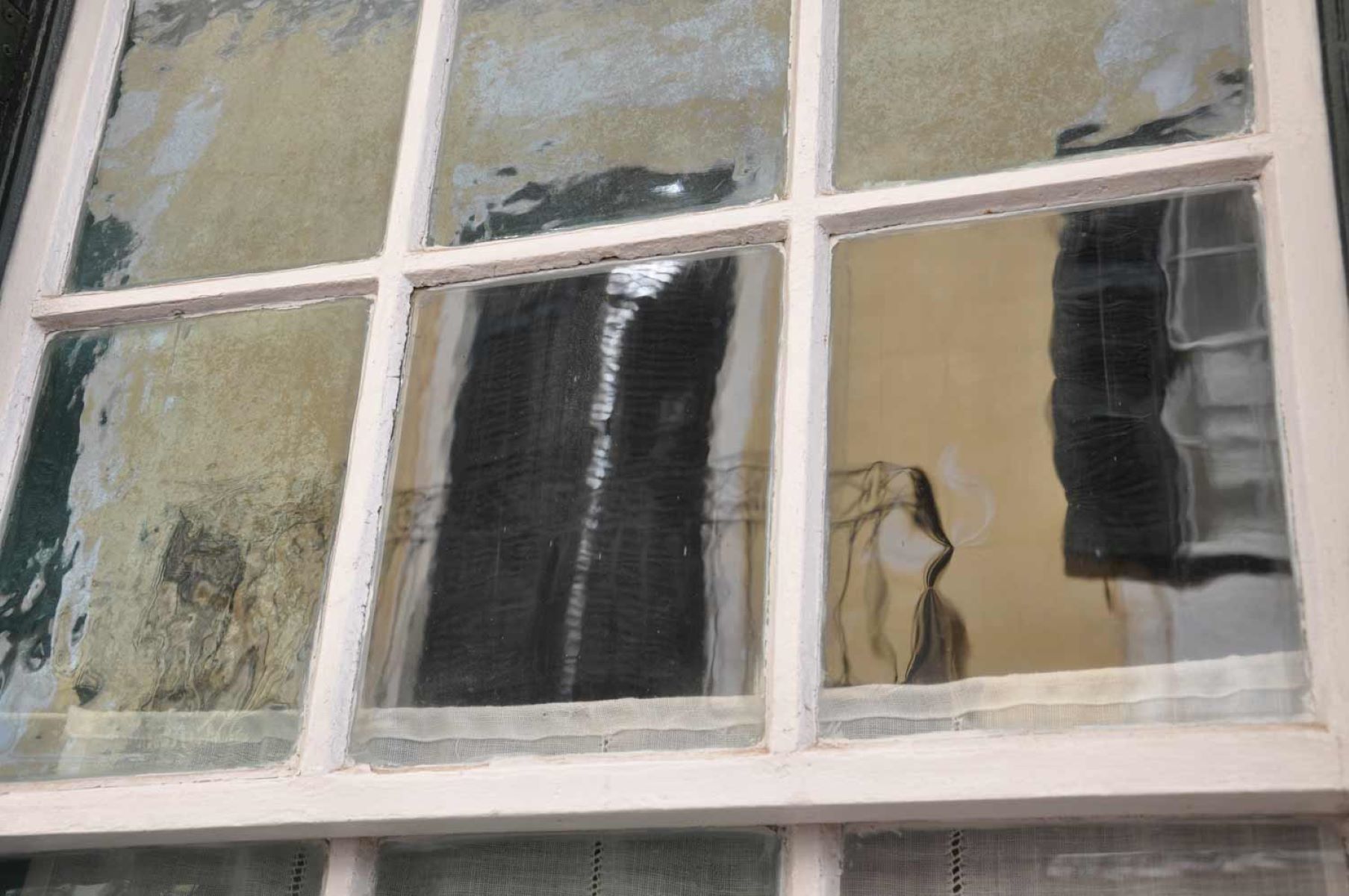
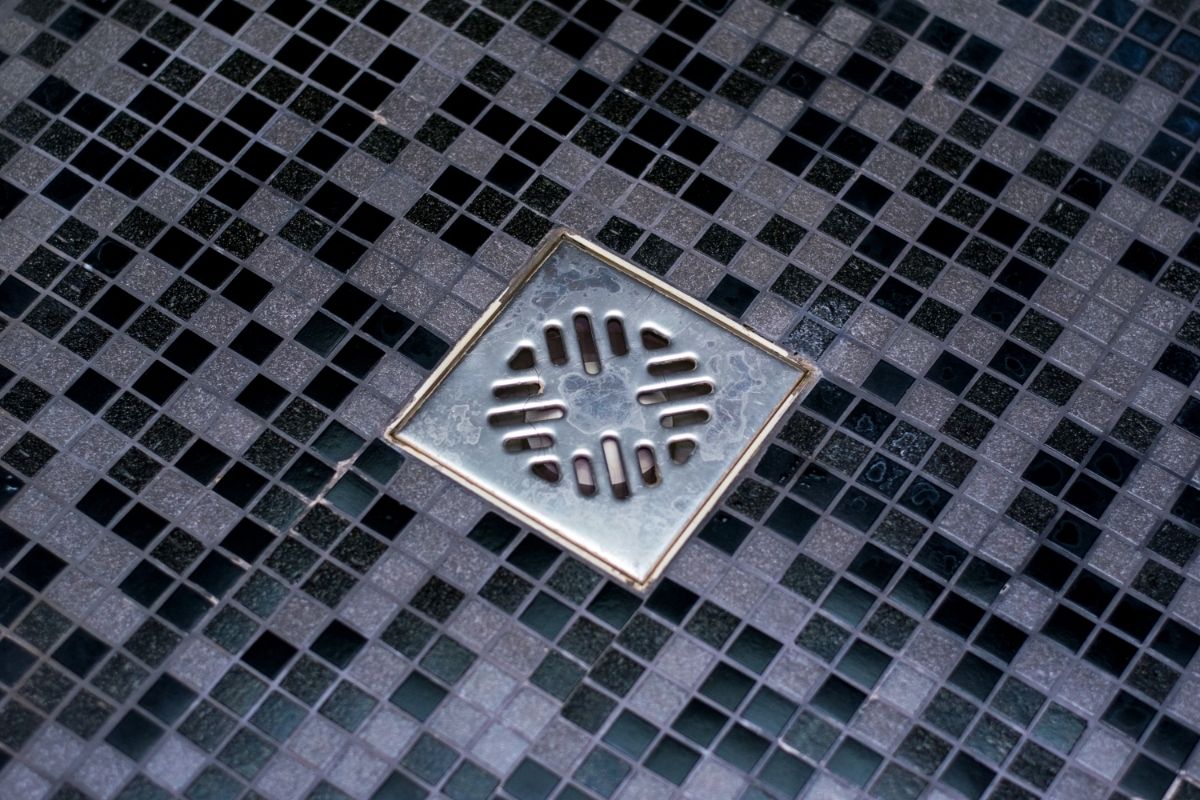
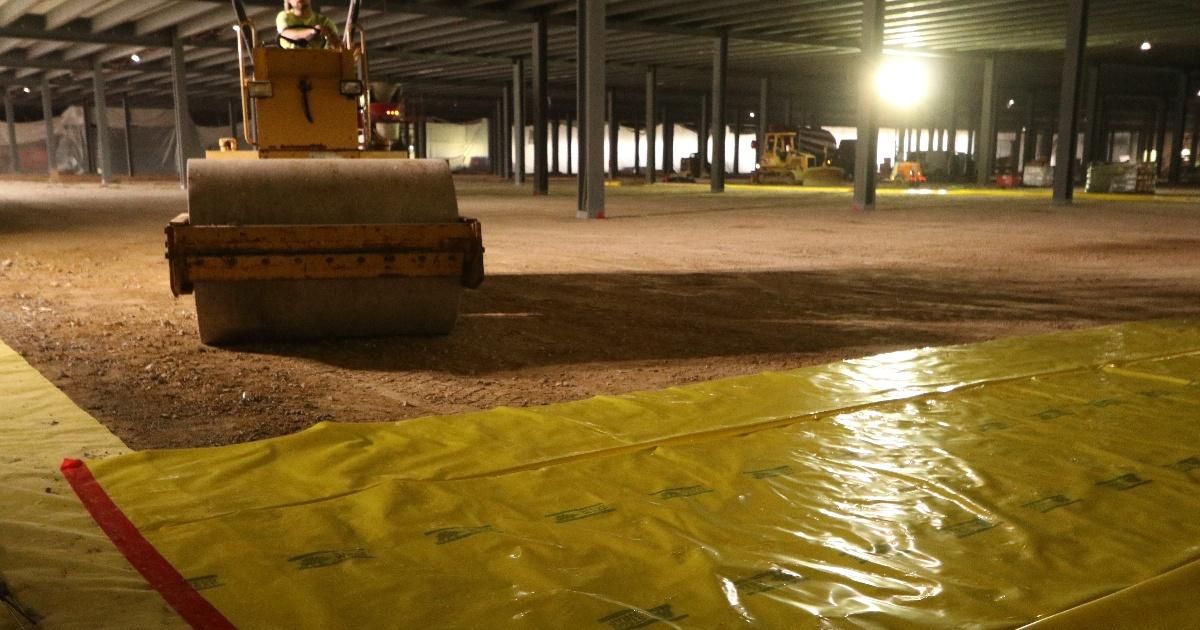

0 thoughts on “How Thick Of A Concrete Slab For A Hot Tub”